3 Days in Mostar and Sarajevo, Bosnia and Herzegovina
/February 24-26, 2016
Mostar
A Grand Greeting in Mostar
After a five and a half hour bus ride and a border crossing (Croatia into Bosnia) we arrived in Mostar, Bosnia and Herzegovinian. As the bus pulled into the city we couldn't help but notice the destruction. So many buildings along the road were reduced to crumbled walls without roofs and holes from mortars. This damage is left over from the the Siege of Mostar as part of the Bosnian War in the early 1990’s between the Bosniaks/Croats and the Serbs.
We rented an apartment for our stay in Mostar, and the cousin of the woman who owned the apartment picked us up from the bus station with her husband. As we walked to the car she stopped to greet several friends, giving us the impression that this is a small town. She told us that the population is around 150,000 though their censor information is not completely accurate. On the short drive to the apartment, she gave us a tour of the city. She pointed out the old mall that was all but destroyed in war, and the front lines of the war- a street where Croatia occupied one side and Bosnia the other. The Bosnian side was without food, water, and electricity for 18 months during this time. The buildings in this area show many scars from the war with fallen walls and mortar holes. It was a bit unsettling seeing the grisly reminders of the turmoil of this country not too long ago. I can't image the daily derelict buildings with their daily reminder of the war have a positive impact on local morale.
She brought us to the apartment where we met her cousin, our airbnb host. We were shown the apartment located above her own house. The apartment was beautiful with a modern kitchen and bathroom. She even had slippers waiting for us. Our aibnb host in Budapest had slippers for guests as well, turns out this is a remnant of Turkish culture.
Our Airbnb in Mostar, Bosnia
The cousins insisted they show us the way to the Old Town, really going above and beyond their host duties. They were very concerned with our comfort and well being and encouraged us to reach out if we needed anything, even checking up with us later by email. If this is an indication of the culture we can safely say that Bosnia's are incredibly warm and welcoming people. As we walked with the women we asked them about what life was like during the war. Interesting enough, they remarked that they felt a stronger sense of community during the war. They felt that the community was unified and neighbors looked out for one another. This seems to be a reoccurring theme in times of turmoil; it is not the first time we have heard of solidarity during hard times. Our friend in Poland had mentioned to us that her parents felt a sense of loyal amongst neighbors during the era of communism, united against a common enemy.
Exploring Old Town
Approaching old town we noticed even more devastated buildings which appeared more ominous against the backdrop of the bleak grey sky, a reminder of the horror that took places here only two decades ago. Nearing the city it was interesting to see the juxtaposition of new and old, side by side on the same street.
We reached old town and observed the beautiful old stone buildings with heavy looking stone roofs. We crossed over the famous Stari Most Bridge, which, before being destroyed during the war in 1993 was over 400 years old. We quickly found ourselves in love with the city. The stone buildings against the teal blue river and mountainous backdrop gained the town a special place in our hearts. The Turkish influence was apparent immediately from the architecture of the bridge, the presence of mosques, and the cuisine and coffee.
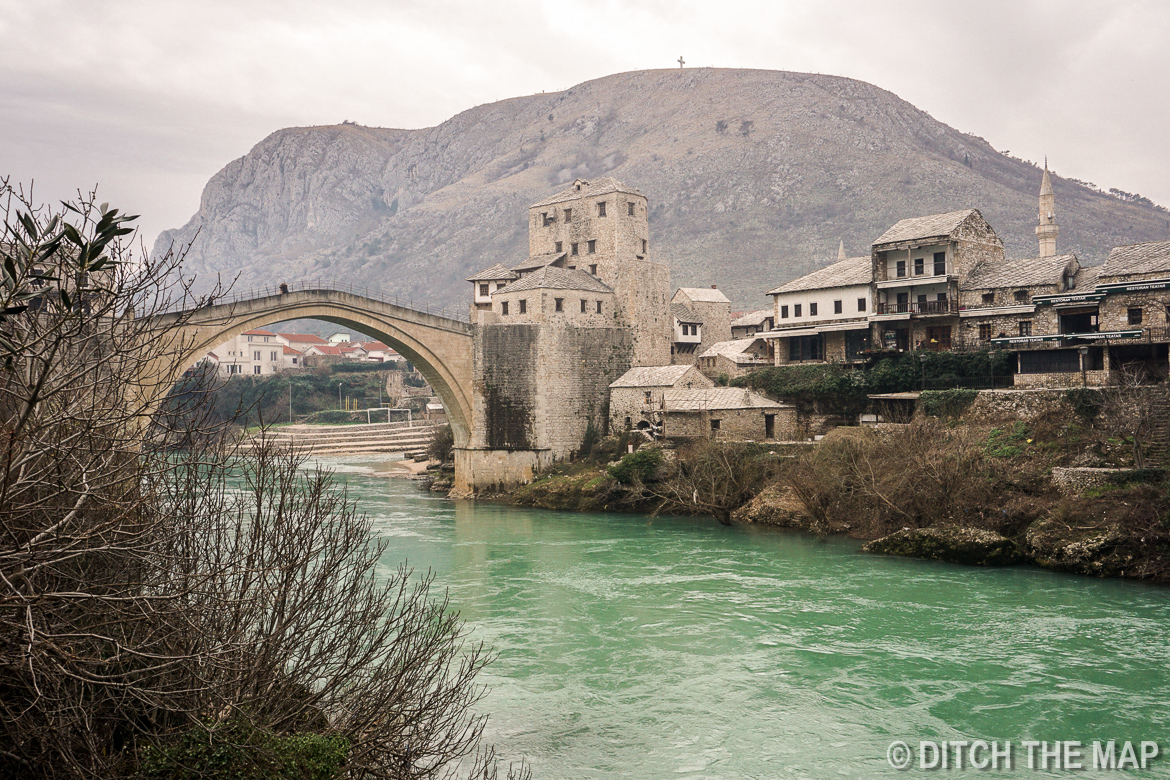
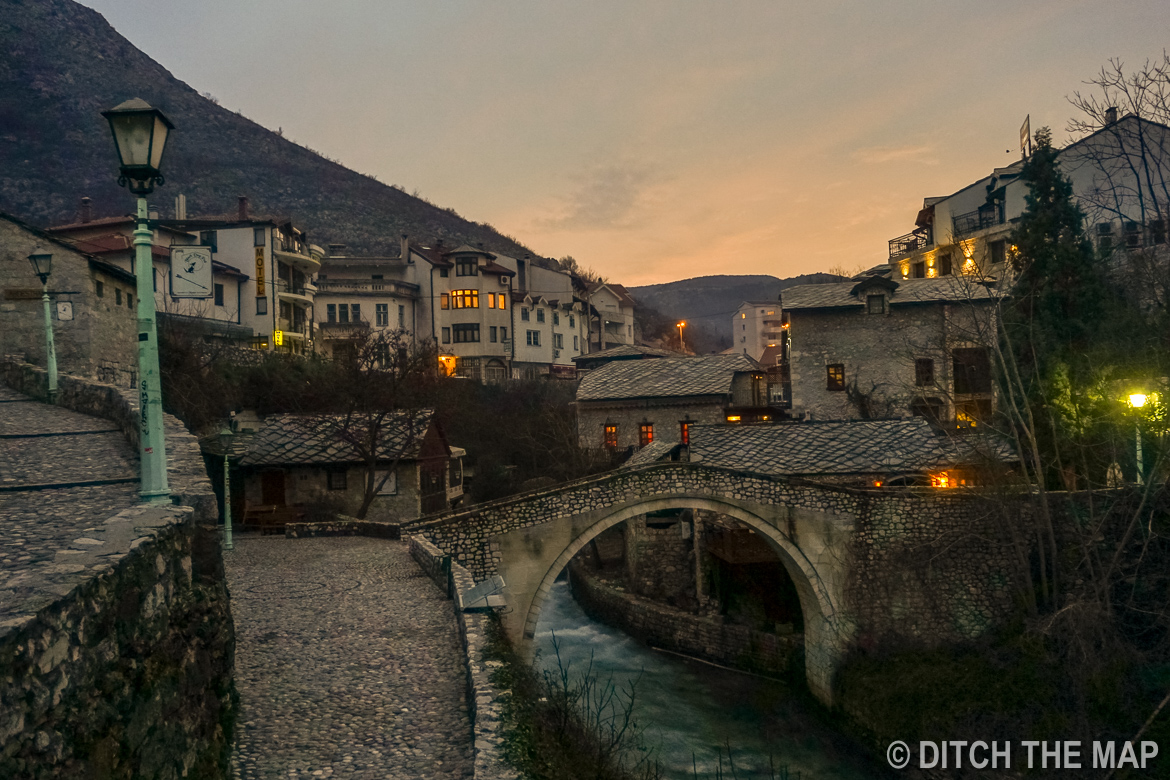
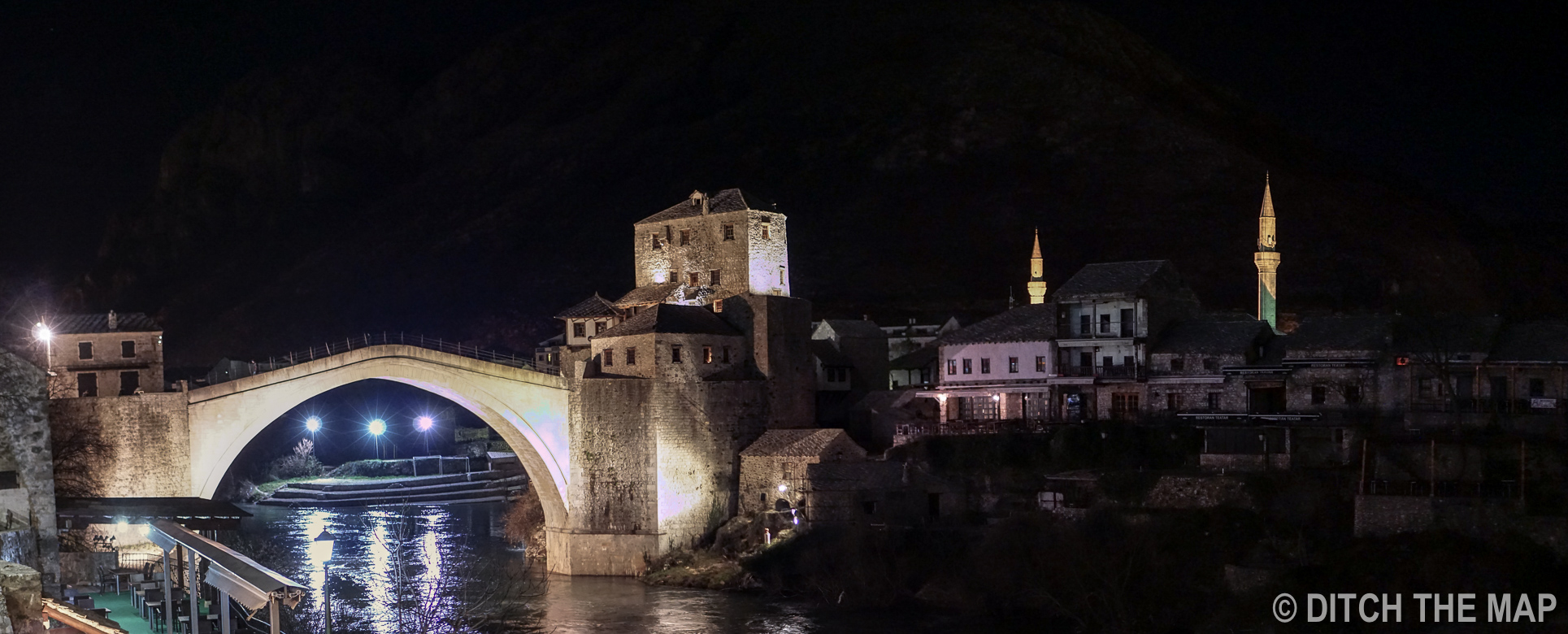
Old Town Mostar, Bosnia
Old Town Mostar, Bosnia
Old Town Mostar, Bosnia
New buildings next to Bomb Shattered buildings in Old Town Mostar, Bosnia
Our new friend in Old Town Mostar, Bosnia
We stopped to look at an old cemetery with dozens of graves marked by the Islamic star and half moon and several unmarked graves of victims of the war. We walked by countless souvenir shops which always find a way to mar the beauty of a place with their inauthentic nicknacks. Many stray cats roamed the streets, including an exceptionally clever fellow who hangs out by the grocery store looking extra adorable enticing passer-byers to buy him a treat inside. We fell victim to his ploy. Darn cat. The prices in the supermarket were cheaper than any we have come across in Eastern Europe thus far. Food for dinner for two nights at $16 USD, we'll take it!
Bosnian Coffee
Equipped with food to cook for dinner, we stopped on the way back to our apartment for coffee. I was antsy to try Bosnian coffee. I was not disappointed as the cafe presented us with turkish style coffee, with two small glasses, cubes of sugar and the added bonus of turkish delight. Both of us were a little unsure of how to drink the coffee and ended up digesting some of the grits- beginners mistake. The Turkish delight was an unexpected treat and reminded us of toffee.
Bosnian Coffee in Mostar, Bosnia
Bosnian Hospitality
Before the sun had risen I awoke to indistinct noises that seemed to be projected over a loud speaker. Later I realized that this was the muslim call to prayer which sounds throughout the city several times a day.
To our surprise our airbnb host knocked on our door with a platter of Turkish coffee for two. What a thoughtful gesture and wonderful way to start the day. We did not drink the grits this time!
Bazaar in Old Town Mostar, Bosnia
Turkish Coffee Serving Plate in Old Town Mostar, Bosnia
We later walked by the 'front lines.' The roofless buildings are hallow reminder of Mostar's past. While wandering the market we toyed with the idea of buying some copper souvenirs. We saw some intricate looking cooper trays and turkish coffee pots which initially we liked, became a lot less interested after seeing that every store some the exact same ones.
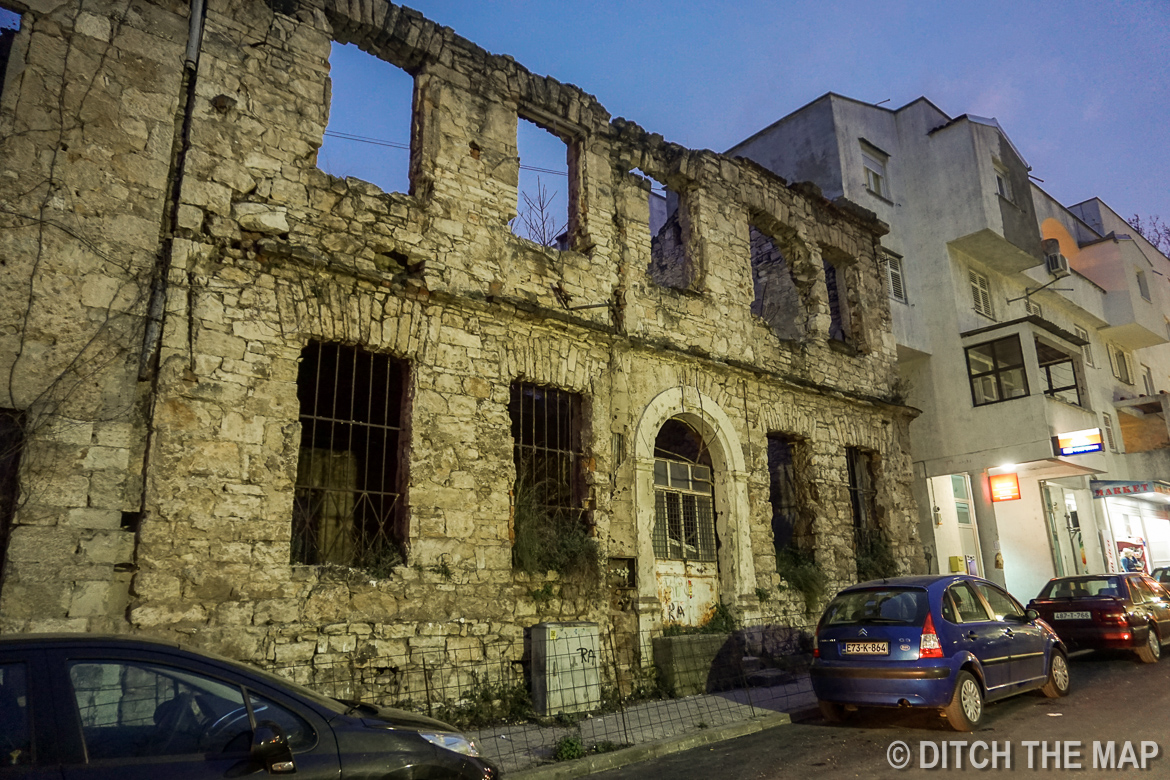
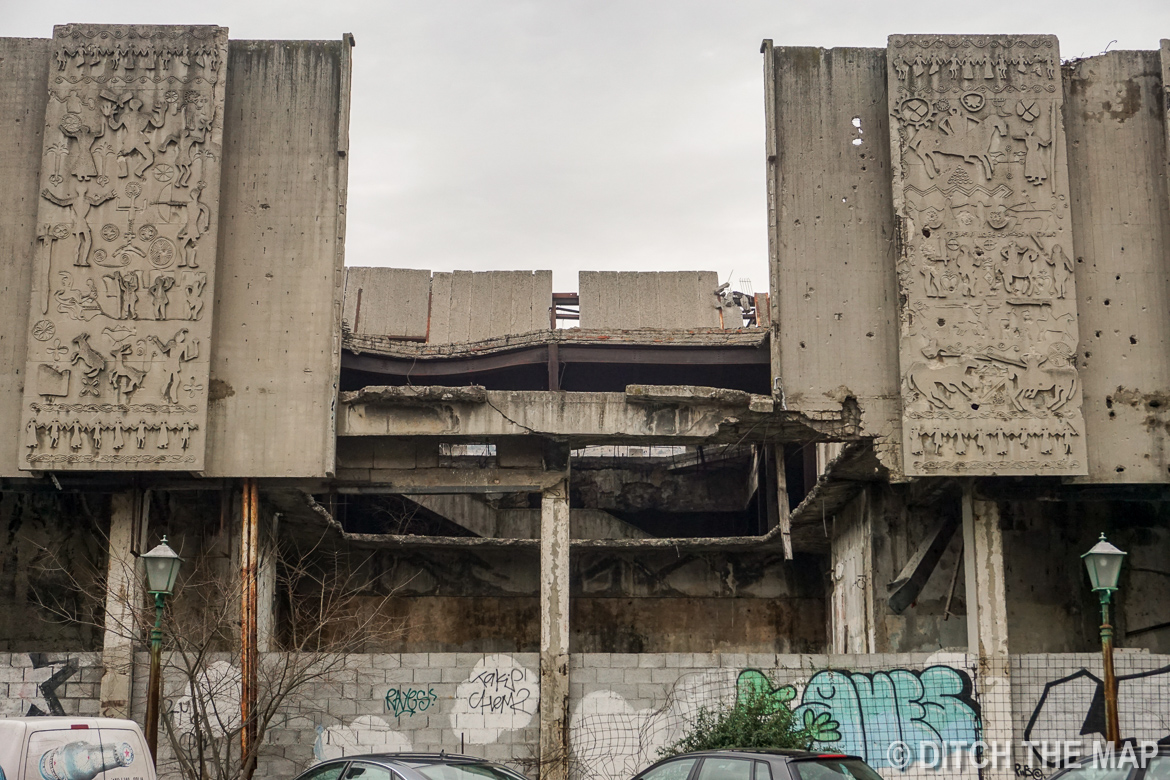
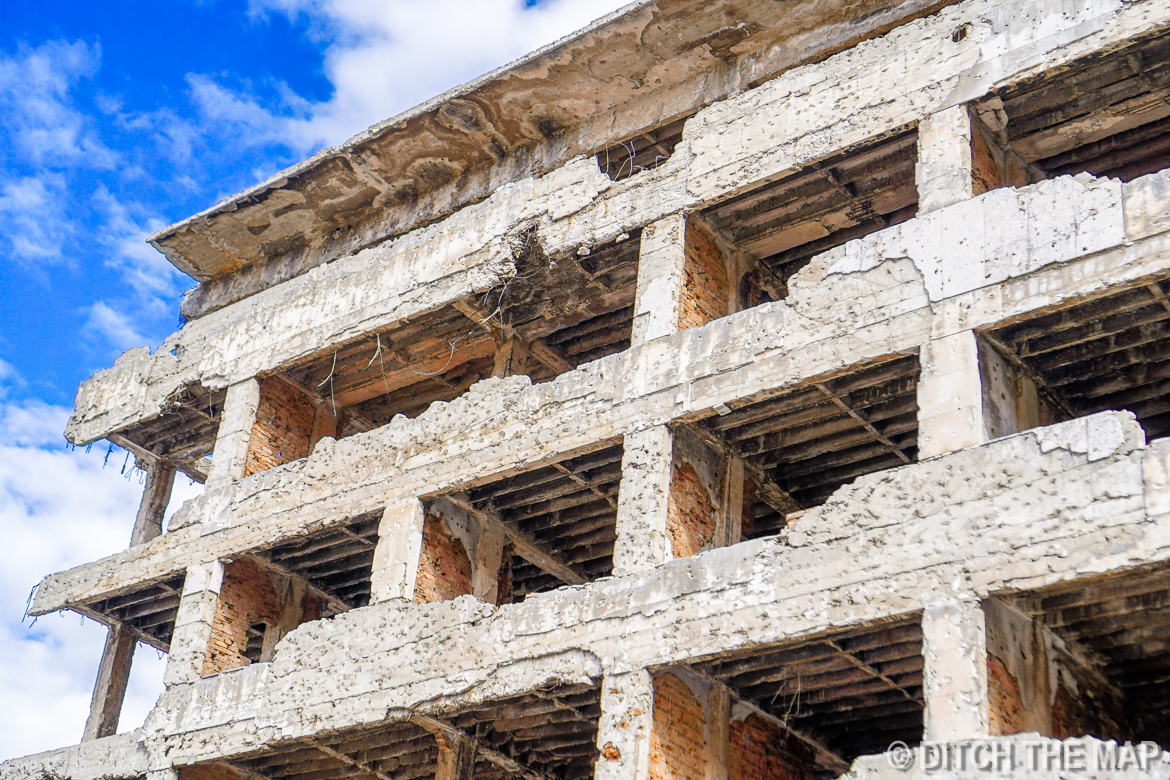
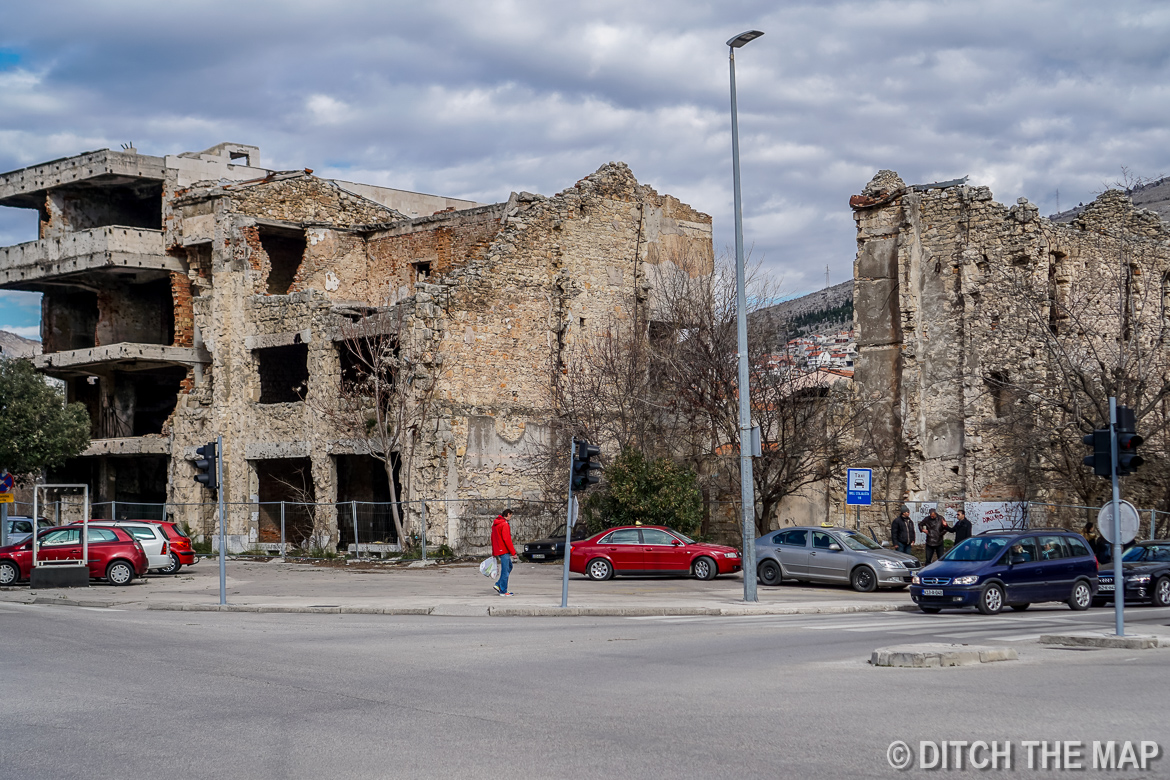
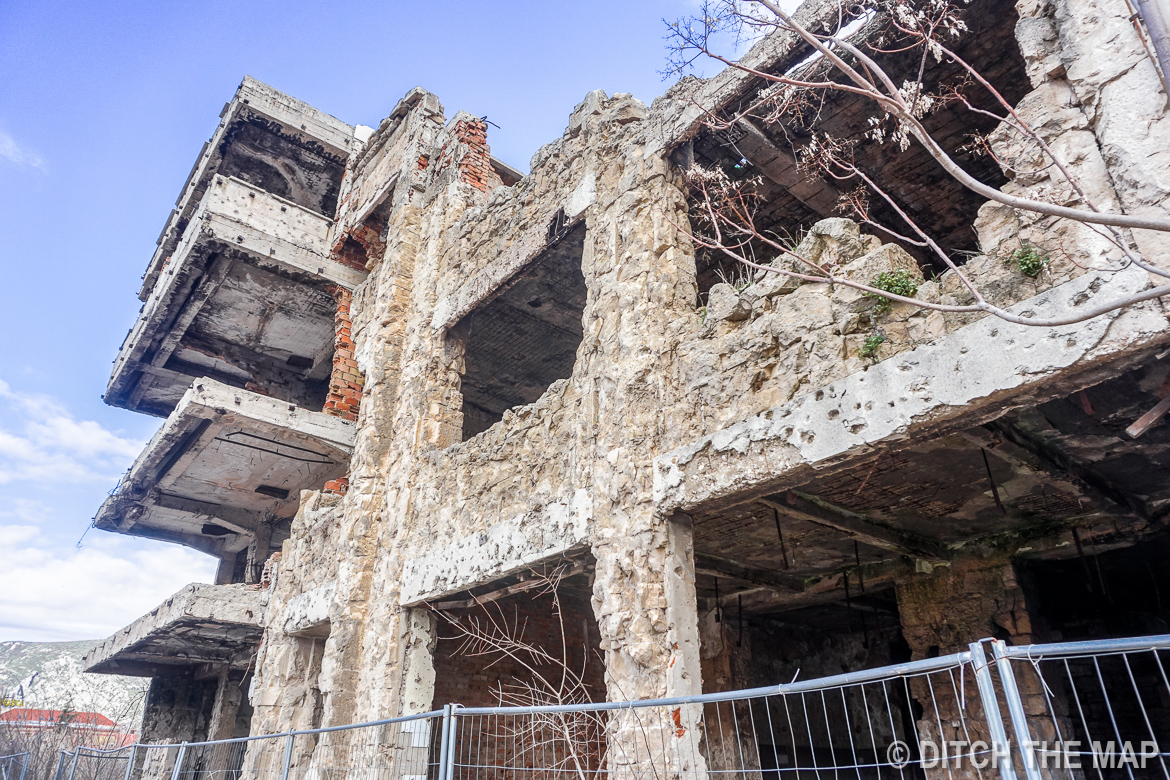
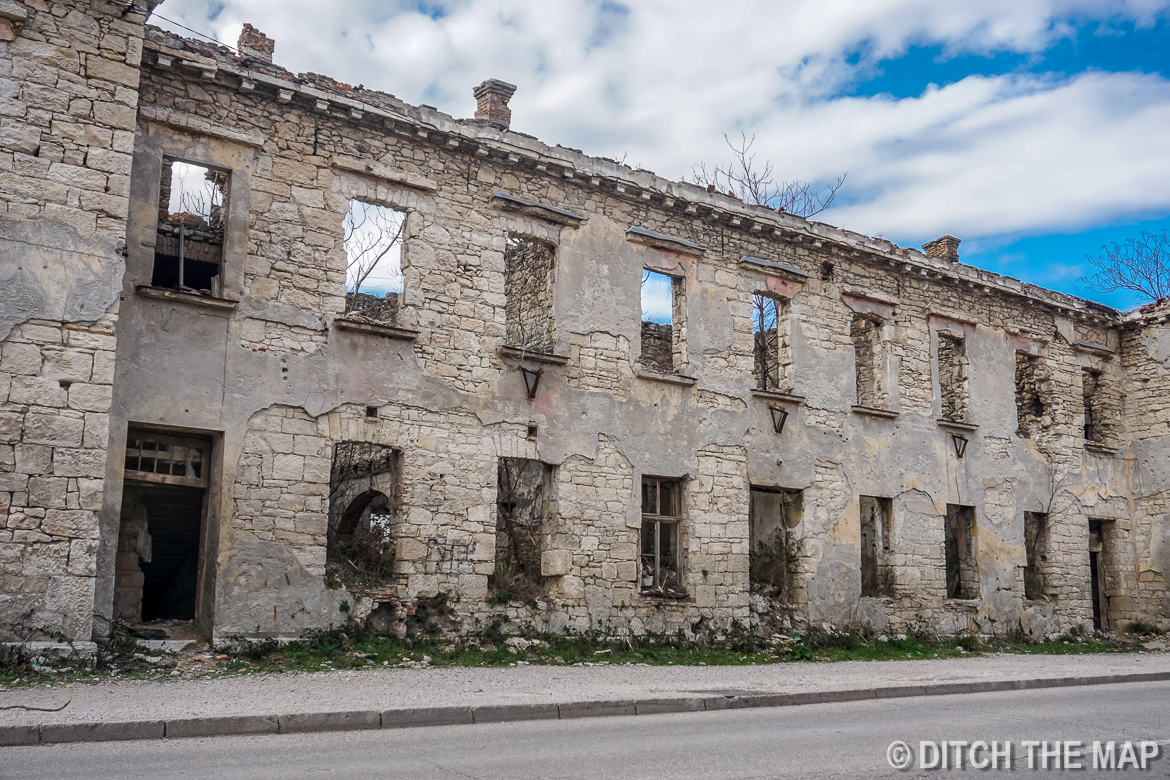
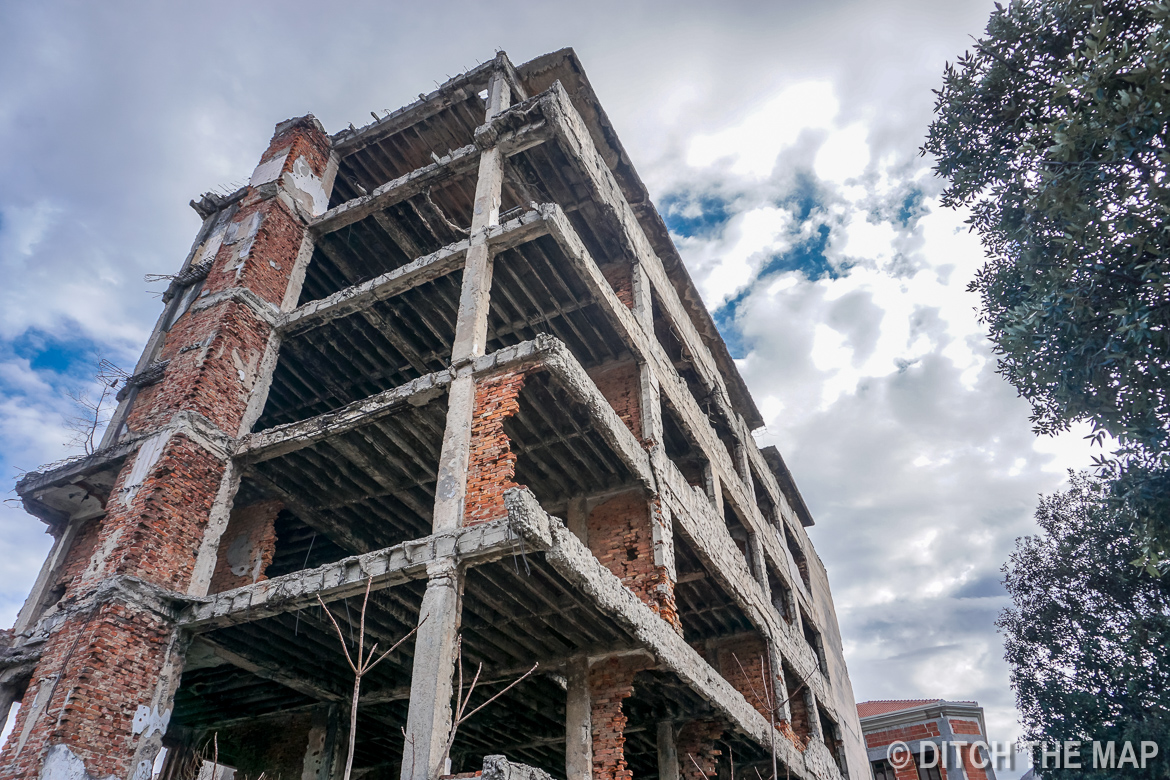
For lunch we decided to try some local cuisine. We shared cevapi, a minced lamb sausage inside pits type bread served with diced raw onions and for some dessert, baklava.
Homemade food in Mostar, Bosnia
Bosnian Cevapi in Mostar, Bosnia
Sarajevo
An Early Bus-Ride into the Capital City
Our bus arrived in Sarajevo around 9:30am and after walking to drop off our bags at our hostel we were already out to explore the city. We took a cab to see the Tunnel of Hope located outside of the city by the airport.
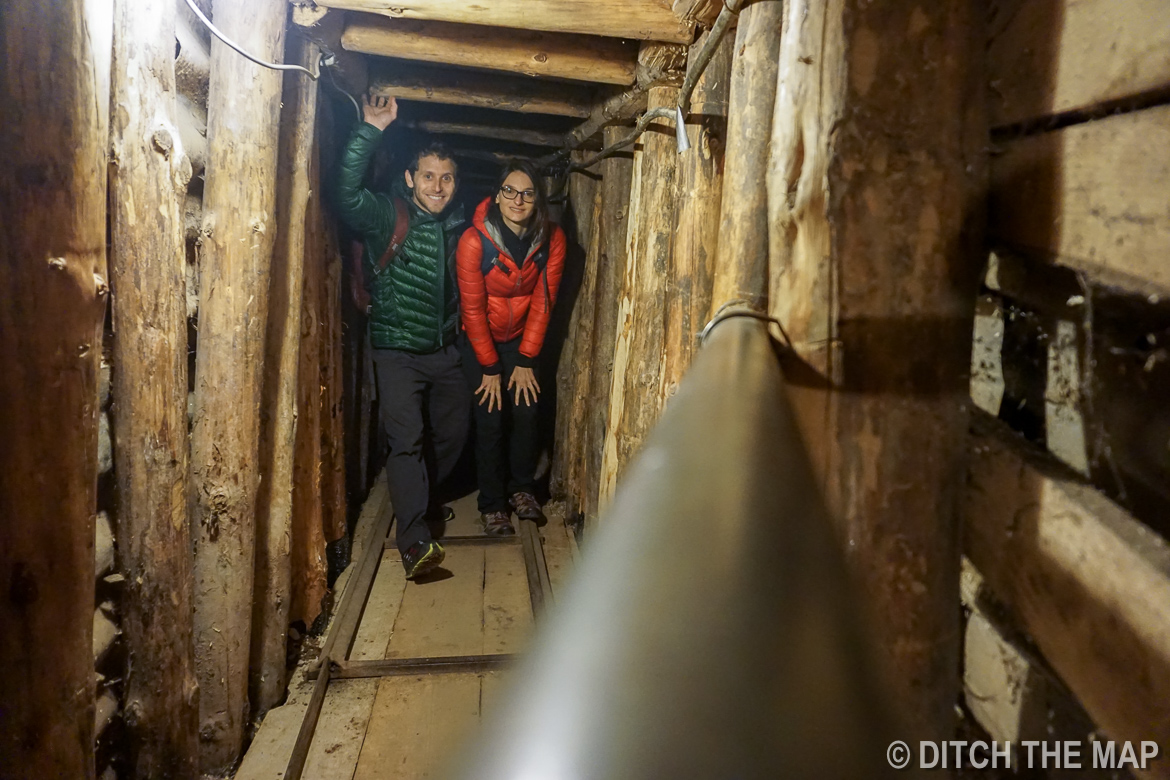
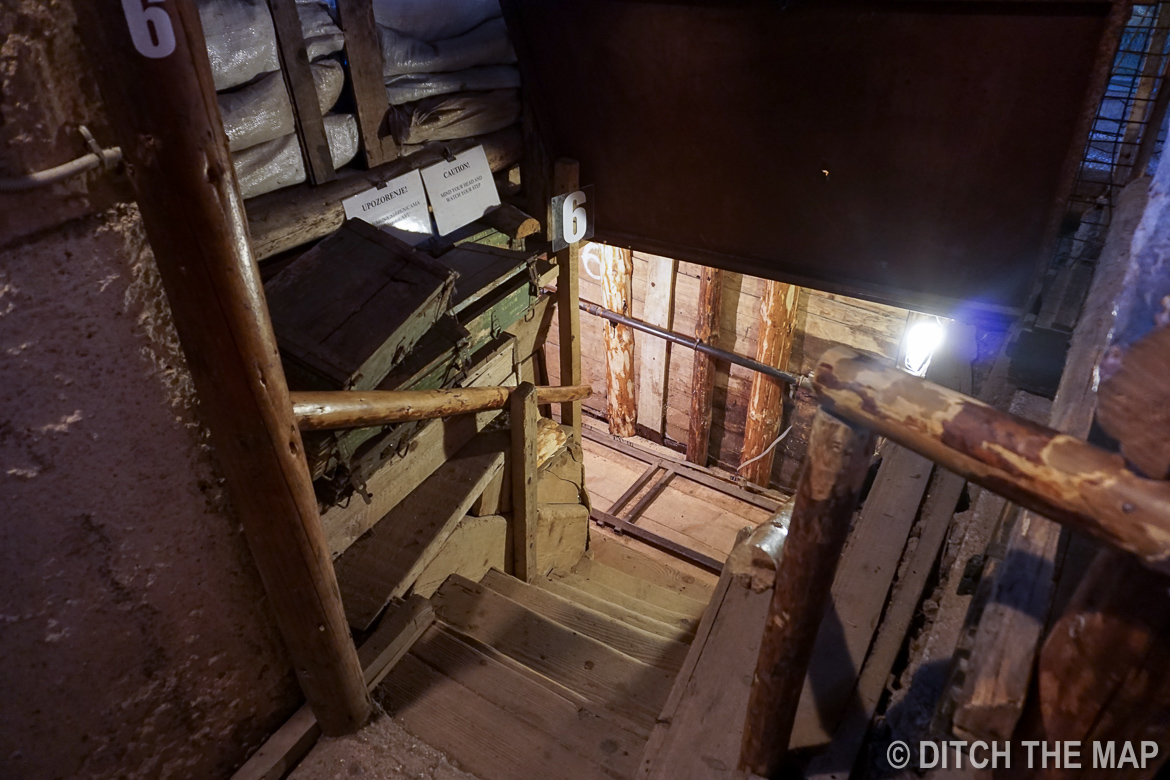

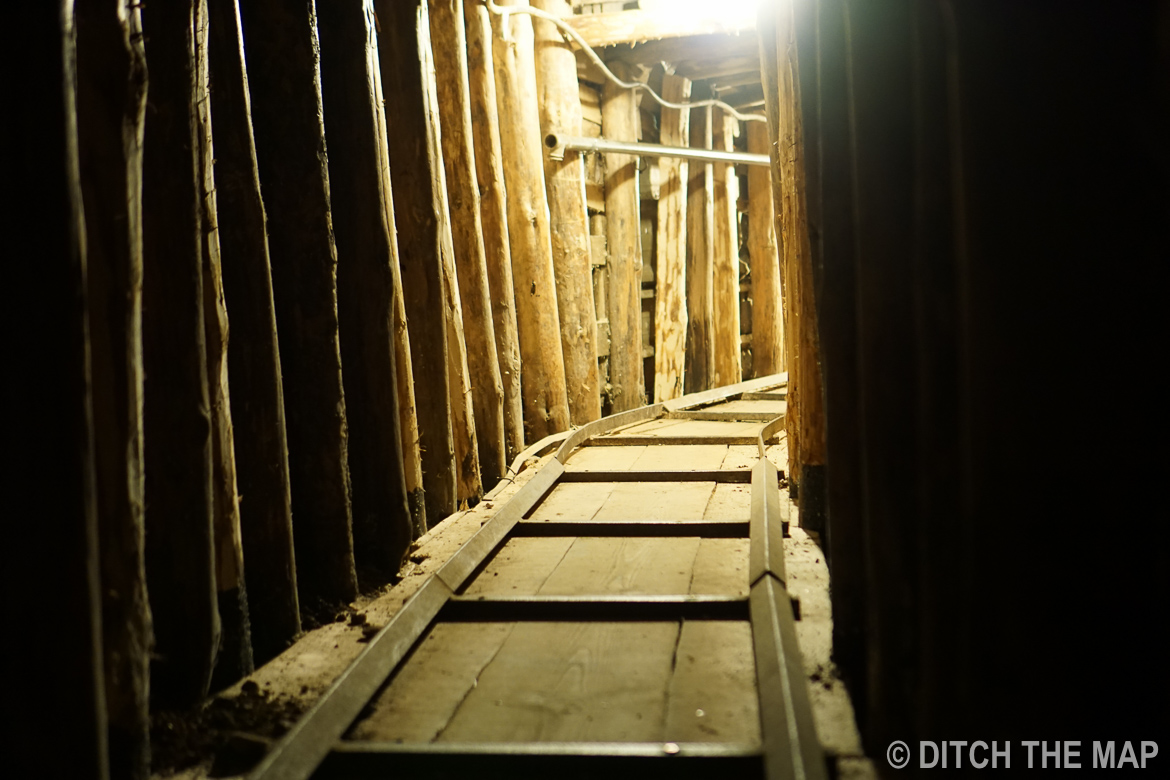

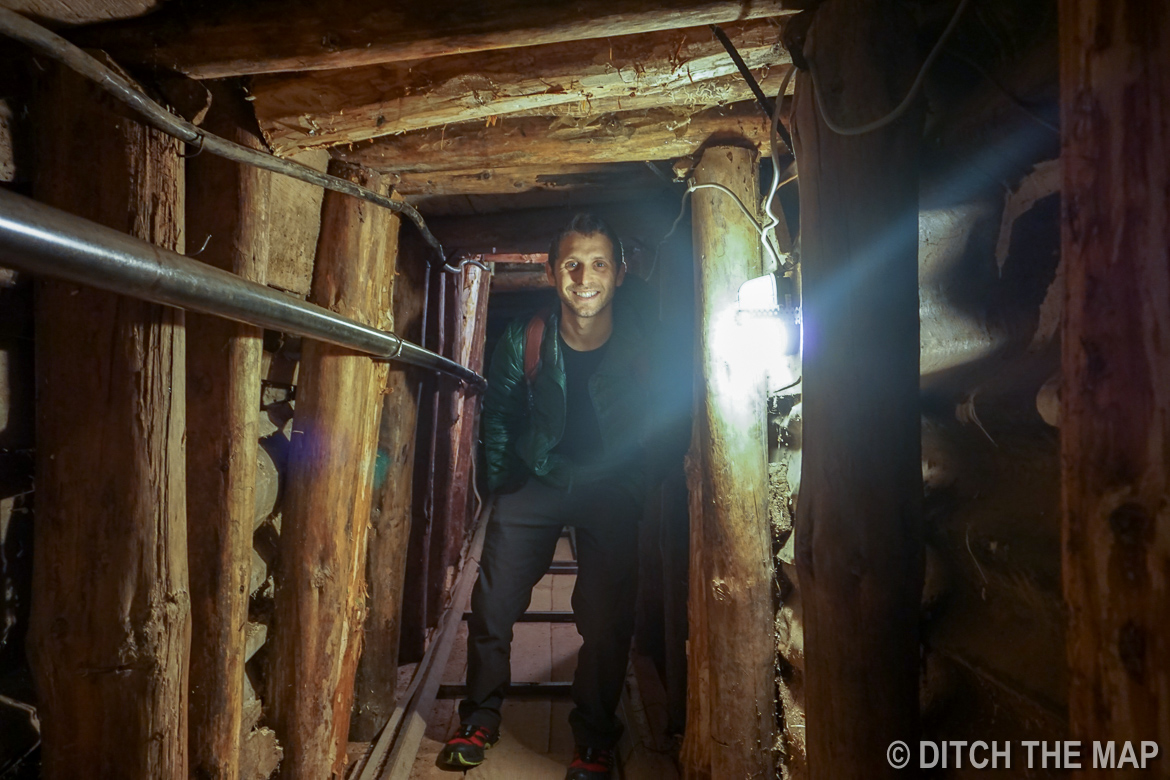
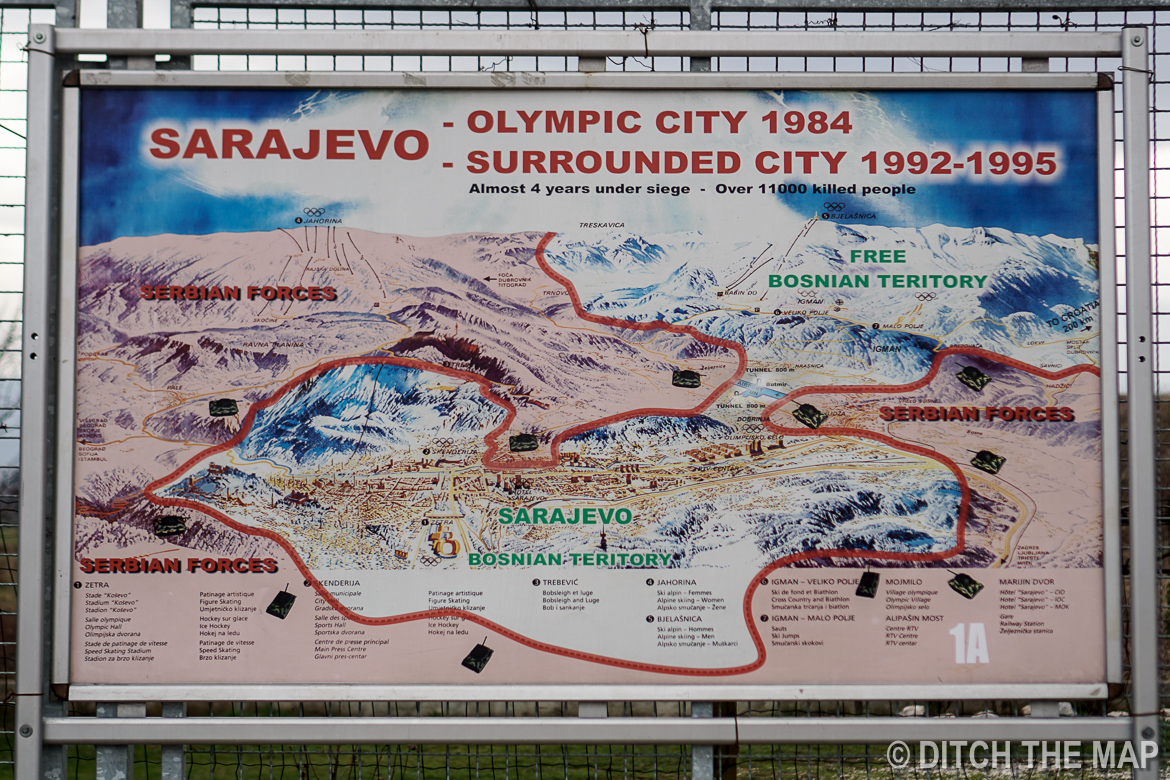
The Tunnel of Hope was used during the war for Bosniaks in Sarajevo to safely pass to the other free side of Bosnia. All other areas were unsafe and occupied by Serbian military. Sarajevo was cut off from the mainland of Bosnia, but the UN negotiated with Serbia in order to occupy the airport to provide food and supplies to the Bosniaks just as long as they do not permit anyone to pass over the airport (including the Bosniaks).
Damage during the Siege of Sarajevo, Bosnia
On the ride back into the city our cab driver was very chatty. He was a friendly Bosnian guy who talked freely about the war and Bosnia's history. He was proud to say that Bosnia is a very religiously tolerant country with several ethnicities and religions living side by side. In fact, in Sarajevo nearly half the population identifies and muslim. In Bosnian primary schools the children are not taught about the years during the war. That is because the Bosniaks, Croats, and Serbs all have different versions of history. Many schools go even further and separate the Muslim and non Muslim students and teach them separately. This is the state's decisions and not that of the schools.
Old Town in Sarajevo, Bosnia
Old Town in Sarajevo, Bosnia
Pidgeon Square in Old Town in Sarajevo, Bosnia
Old Town in Sarajevo, Bosnia
Old Town Sarajevo, Bosnia
Back in the city we walked around Old Town and enjoyed the Turkish influence. We walked around the Turkish Bazar area, which sold colorful scarfs and turkish coffee pots. There were many new and exciting pastries and naturally we had to sample a few. Our walk took us by churches, mosques and an old synagogue.
Stuffed Veggies in Old Town Sarajevo, Bosnia
Treats in Old Town Sarajevo, Bosnia
Scott has said that Bosnia has been one of his favorite countries ever. The people are genuinely nice and eager to talk about their sad history. And who cannot love the Turkish influence? Bosnia is a hotspot due to it being a place where multiple religiously diverse empires meet--The Holy Roman Empire via Austria-Hungary (Catholics), Byzantine Empire (Eastern Orthodox), and the Ottoman Empire (Muslim).
Here are the need to knows:
- Croatian People are known as Croats, they are Catholic (Holy Roman Empire Influence)
- Bosnian People are known as Bosniaks, they are Muslim (Ottoman Empire Influence)
- Serbian People are known as Serbs, they are Eastern Orthodox (Byzantine Empire Influence, AKA Eastern Roman Empire)


